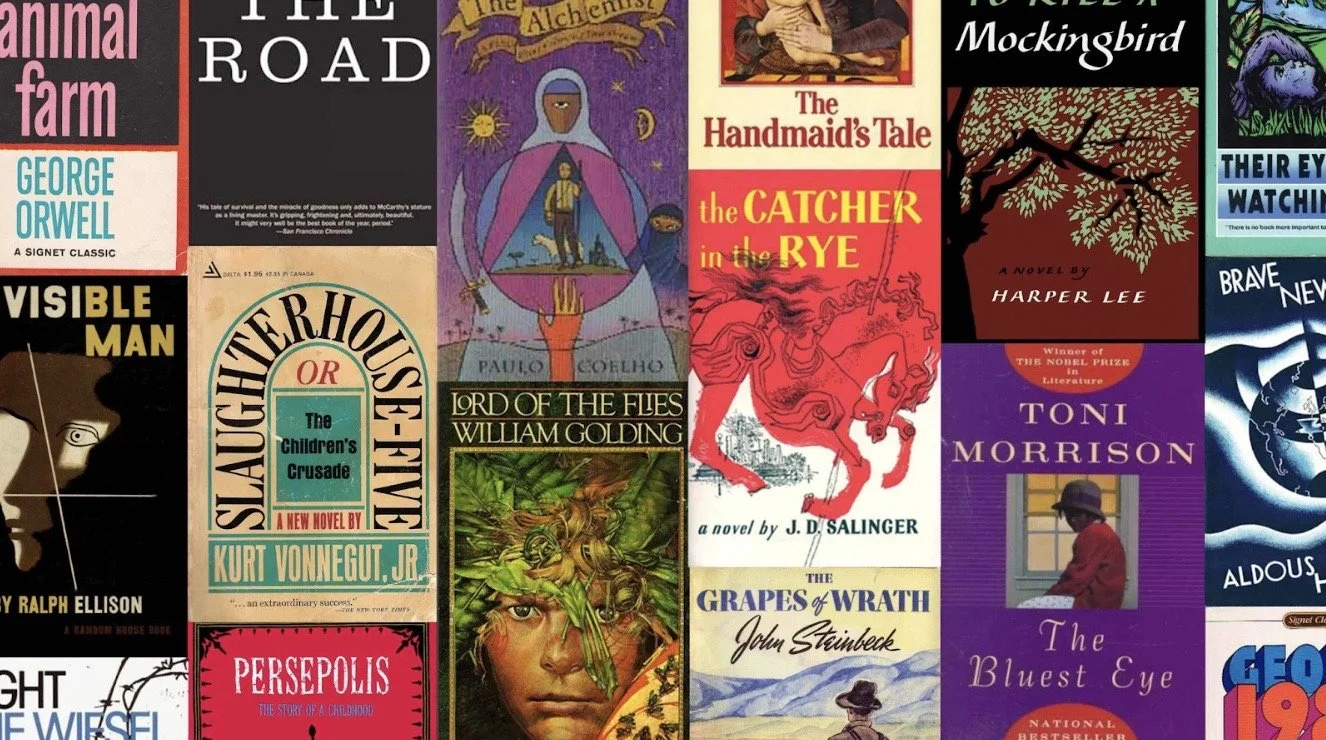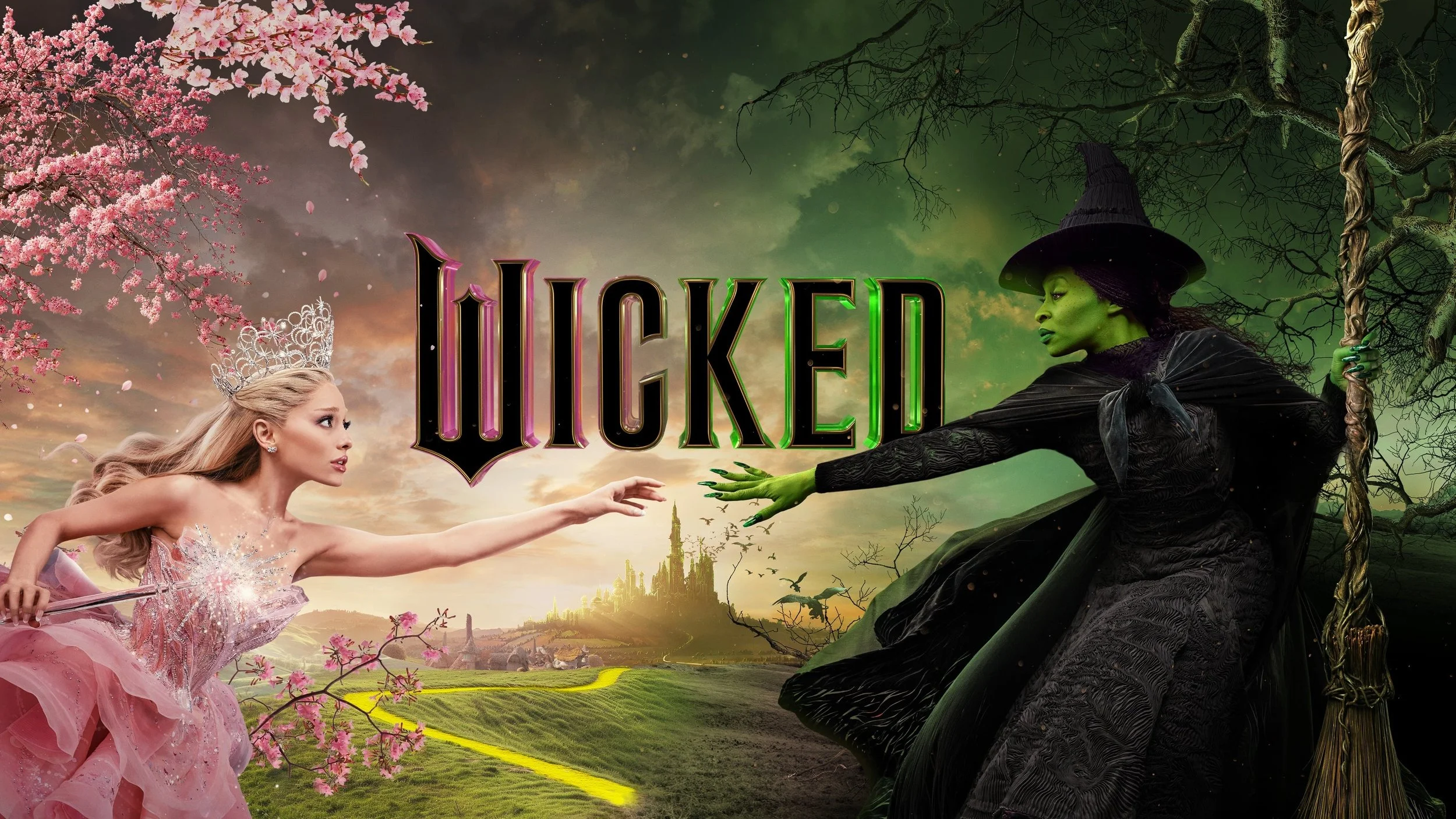An open letter to the CGS community regarding the way students are culturally trained
By Caelyn Walton-Macaulay ‘20
Editor’s Note: This article has been amended to remove the paragraphs promoting the widely held belief that a Palestinian speaker was not allowed to speak at an Upper School assembly because of parental concerns. The speaker was actually Jewish and associated with Jewish Voices for Peace, an organization labeled by the Anti-Defamation League as “a radical anti-Israel activist group that advocates for a complete economic, cultural and academic boycott of the state of Israel.” While he did not speak at assembly, he did have a lunchtime conversation with a smaller group of students and faculty. This article has also been amended to correct some factual inaccuracies regarding the “Greensboro: Take a Seat for Justice” exhibit.
As a graduating senior, I am frequently finding myself reflecting on my three years here at Catlin Gabel School (CGS). I’m laughing at the memories I’ve treasured with the friends I made, and letting out (multiple) sighs of relief that I am, at long last, free from the harrowing processes of writing English essays.
However, before I go, I wanted to address something I have noticed since my first year here.
At the very beginning of my sophomore year, before I knew the names of more than seven people on campus or how to find the right math classroom, we had a class meeting in the Black Box theater. Aside from introducing the four new sophomores--my sister, me, and two others-- its purpose was to address the issue of the use of the n-word slur by non-Black students.
I remember admiring the swift action that the school took regarding the situation, as well as how they handled it. Jasmine Love, Director of Equity and Inclusion, led the meeting. We, the whole Class of 2020, sat in a circle on the floor of the theater and had what seemed like a meaningful conversation about why you shouldn't be using the n-word on campus, or at all. We debated whether or not Black people were allowed to use it, and came to the almost unanimous agreement that sure, Black people can use the term as a way to reclaim their heritage, but kindly refrain from speaking it on campus.
I didn't know then that over the next three years, this was to develop into a recurring issue. And I am not referring to the use of the n-word, though that is a problem all on its own. No, I’m talking about “The Conversation.”
Let me explain.
I very quickly picked up on the strategy that the school uses to address issues such as these. The issue gets raised, the school addresses it with a Conversation, and then it gets set aside. There's a whole pile of things like this in some metaphorical skeleton closet on campus (maybe that small door on the Dant stairs?)
The idea of a Conversation was comfortable at first: I saw it as a good step to address the situation, and at that point, I believed that addressing the situation was all that needed to be done to solve it.
But, as I travelled further into the world of social justice, and indeed, simple problem-solving, I learned that so much more needs to be done to solve a problem.
“Knowing is half the battle,” they say. And it’s true, to some extent. But the other half of the battle is, well, the actual battle. The proactive, intentional attempts to resolve, or at least mitigate, the problem. And this, my friends, is where Catlin Gabel School fails. Miserably.
When confronted with even the simplest issues, CGS’ response is usually sketchy at best. Just enough effort is exerted to soothe people who would otherwise complain about injustices towards them, but rarely anything is ever done to actually resolve the problem, besides a good ol’ handy-dandy Conversation. In some cases, the solution only serves to escalate the problem.
The best way I can think of to explain myself is through the lens of marginalized groups of people on campus, so let’s look at an example, shall we?
In January 2020, the American Studies class put up an exhibit in the CAC Gallery called “Greensboro: Take a Seat for Justice.” The exhibit, proposed, led, and executed by a group of students in the class, displayed a crucial moment in the Civil Rights Movement that led the Woolworth Department Store chain to end racial segregation in its stores.
An issue arose when the group proposed having two entrances to the exhibit, labeled “Whites Only” and “Coloreds Only” as a historically accurate feature of the stores.
“The idea was to represent the actuality of the store,” a student in the class (who wished to remain anonymous) said. “We weren't going to make people use either entrance, and there wasn't going to be any difference between them. There were going to be signs letting people know that they could use whichever entrance they preferred.”
However, some teachers and students raised concerns about unintentionally harming students, families, or visitors to the school that might pass by the exhibit without the appropriate context to understand the student-creators’ intent. Other students worried that the school was trying to avoid offending the white fragility of wealthy CGS parents.
The student group reached out to Black CGS faculty and other students to consult their opinions, some of whom felt that such signage was a positive addition to the exhibit and that it would in fact be disrespectful to gloss over that aspect of history.
But still the issue of unintentionally harming students, visitors, and families was brought up. So, in true CGS fashion, the American Studies class had a Conversation about the plan to add the “Coloreds” and “Whites Only” signage. After much discussion over historical accuracy versus potentially upsetting visitors and passerby, it was decided that the signs could go up, but on the inside of the exhibit.
This is only one example, but there are many more. Ask around, and it will not take long to find other instances of parents’ and students’ fragility causing the school to abruptly change course on academic opportunities led by students of color.
It appears that there is much effort put into maintaining the comfort levels of the people who pay money to be a part of the CGS community, whether it be students, parents, or alumni. The concern often goes towards taking care to not hurt the fragile feelings of the mostly wealthy, mostly white people whose children attend this school.
I understand that CGS is a business of sorts. I get that our parents exchange money for our places here on campus. I understand that to run a successful business, the consumer has to be happy with the product that they are paying for. But let me also point out that this is part of the problem.
The purpose of schools is to educate children, to shape them into good citizens of the world and prepare them, both academically and culturally, for the real world beyond the simulated and theoretical situations in the classroom.
CGS does a lot of things well, like academics and community service. Culturally preparing its students is not one of them.
By catering to the fragility of people who give the school money, CGS may make parents feel like their students are “safer” from dangerous ideals, and this is partially true.
What really happens, though, is that students develop a sheltered, rosy view of the world, fueled by superficial Conversations where the existence of alternate perspectives is acknowledged, but never seen in practice. Everyone has developed the same beliefs, so everyone agrees with each other anyway and no progress is made. They fall under the impression that the world functions like a well-oiled machine (it, in fact, does not), and graduate from the Upper School not culturally prepared to enter the real world or adulthood.
School should not be a place where students are sheltered from every bad thing that comes their way, from every opinion that differs from theirs.
To be fair, some of the sheltering is warranted. If kids are introduced to harmful paths in school, it becomes so much easier for them to follow that path once they leave, and that much harder to turn back. CGS is good at pushing students along paths to success, giving them very few opportunities to fail and a thick safety net to land on when they fall. Plus, one of the things CGS does best is helping students build toolboxes to help them tackle the academic challenges beyond high school.
But, as I pointed out earlier, knowledge is half the battle. Only half. And because of the sheltered environment that we exist in at this school, we haven't even achieved that much. We are not exposed to contrasting perspectives or opinions. We are so disconnected from even the city that we live in that we call it the “Catlin Bubble.”
This is not how you prepare students for the cultural medley of the world. The world is not a forgiving place. Have you looked outside recently?
I would be remiss, however, to end a piece of writing such as this without using the skills I learned in my CGS English classes. So, let me offer suggestions for how CGS may begin to resolve these dilemmas.
The first step is simply to limit the amount of influence parents have on the curriculum and the student experience. Parents can decide what their own children do and don't get to listen to--that’s on them--but by taking it away from the student body as a whole, all the students lose that window into another worldview, and therefore an opportunity to establish their own understanding of the world.
And don't stop there. Expose students to multiple perspectives. Hire teachers that don't subscribe to the same ideologies as everyone else. Invite outside speakers to share their experiences as global citizens. Develop a curriculum that lets students decide for themselves what to believe in, instead of blindly following the agenda of the institution that teaches them.
I say all of this because I know how crucial it is to step outside of oneself every so often and gather an understanding of what the world is like from a different point of view. I have so much hope for this institution: the teachers here really do want their students to succeed, and that understanding between student and teacher paves the way to growing people with individual awareness, instead of the mass-produced single narrative.
Don't fall prey to the single narrative, people. Interact with perspectives that differ from your own and with people whose experiences don't reflect yours. You’d be surprised at what you learn.
Sincerely,
Caelyn Walton-Macaulay, new world citizen











By Stella Dombrow ‘25
Do you know when to start saving for retirement? Do you know the difference between a Roth IRA and a Traditional IRA? What should you invest in?